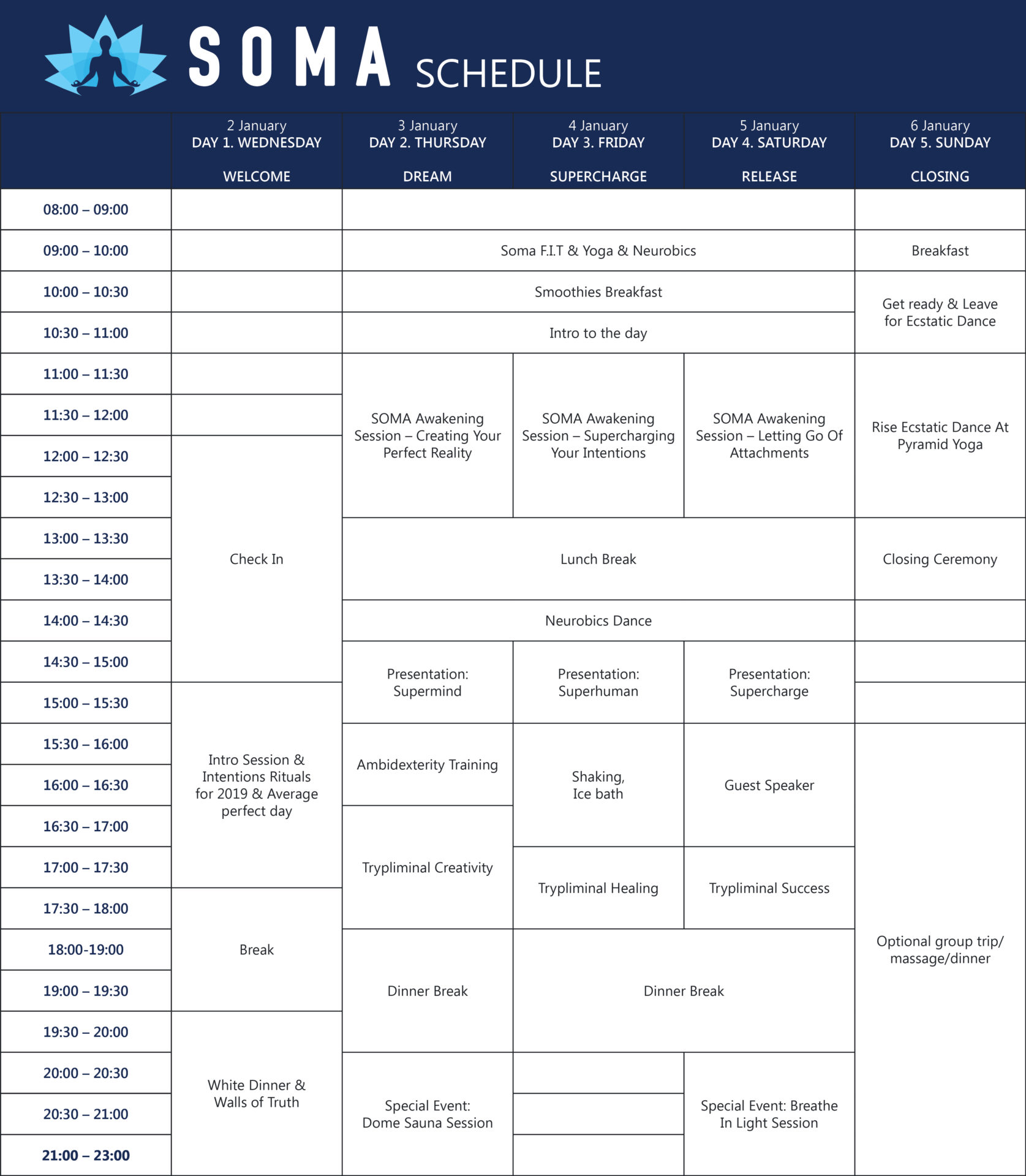Diaphragmatic breathing is taking the wellness world by storm. While the concept itself stems from ancient pranayama techniques, more and more people are turning to breathwork to help manage the stress of the ever-evolving and constantly changing world around them. But how does breathwork help improve health? What techniques can I use to tap into this immense power? What does science say about these practices? Read on to discover the ultimate guide to Diaphragmatic breathing.

What is Diaphragmatic Breathing?
Diaphragmatic breathing, which is also commonly referred to as belly breathing or deep breathing, is the technique where the diaphragm, the dome-shaped muscle at the base of the lungs, is used to its full potential. Shallow breathing only activates the accessory muscles and the chest when breathing, while this particular technique strengthens the lungs, allowing oxygen utilization and distribution to occur at a greater speed. The mechanics of this practice are so beneficial that they have the effect of slowing the breath, allowing for a higher oxygen exchange, and triggering relaxation, leading to a calm state. This is why diaphragmatic breathing is a great tool for stress management, mental clarity, and health in general.
Despite the fact that breathing is a natural bodily function, a lot of people have an improper style of breathing due to chronic stress, poor posture, and sedentary life. During the process of shallow breathing, the short and quick breaths from the chest cause one's body system to activate the stress response, resulting in fatigue, anxiety, and dizziness. Diaphragmatic breathing turns on the parasympathetic nervous system (the calm response of the body), diminishes the heart rate, lowers the cortisol levels, and allows the person to enter a state of deep relaxation. Doing diaphragmatic breathing mindfully can even be the solution to the problem of a person not being able to breathe well, which manifests as inadequate lung function, muscle tension, and lack of vitality.
Diaphragmatic Breathing vs. Chest Breathing
The way we breathe has a direct impact on our nervous system, energy levels, and overall health. Typically, we default to chest breathing during times of stress, yet it is not ideal since it is mostly shallow and oxygen-starved, which creates a tension-provoking situation for the body. Consciously engaging the diaphragm moves the focus to breathing that emphasizes the quality of oxygenation, reducing stress on the heart while the person moves their body into a natural state of relaxation. Recognizing the main dissimilarities between these two breathing patterns will get you closer to understanding your breathing and give you a clear path to positive self-care.
-
Chest Breathing (Shallow Breathing)
- Uses upper chest muscles
- Rapid, short breaths
- Activates the sympathetic nervous system (fight-or-flight mode)
- Can contribute to stress, anxiety, and fatigue
-
Diaphragmatic Breathing (Deep Breathing)
- Engages the diaphragm
- Slow, deep breaths
- Activates the parasympathetic nervous system (rest-and-digest mode)
- Reduces stress, enhances oxygenation, and improves overall health
The Science Behind Diaphragmatic Breathing
When we realize that breathing isn't just an automatic function, it is a gateway to control the nervous system, we can then utilize our breath as a tool for our health and well-being. Breathing affects heart rate, blood pressure, digestion, as well as emotional stability. By taking a deep breath and choosing to activate the diaphragm, we inform the body that we are safe. This reduces stress responses and creates an optimal sleep, recovery, and general calm environment. Diaphragmatic breathing is widely applied in meditation, yoga, and therapeutic practices to help manage anxiety, enhance focus, and bring about emotional balance.
How It Affects the Nervous System
Diaphragmatic breathing works by stimulating the vagus nerve, which helps move the body from a stress response (sympathetic nervous system) to a relaxed and calm state (parasympathetic nervous system). This shift then reduces cortisol (the stress hormone), slows the heart rate, while promoting a sense of mental clarity and inner peace.
Beyond stress relief, diaphragmatic breathing also impacts physical health and cognitive function. Studies have shown that individuals who intentionally choose to practice deep breathing exercises regularly experience lower inflammation, improved sleep, and enhanced resilience to external factors. By consciously controlling our breath, we gain access to a natural and powerful tool for self-regulation, allowing us to navigate life's challenges with greater ease and stability.
Diaphragmatic Breathing Health Benefits
The benefits of breathwork go far beyond simply helping you relax. This is a powerful technique that is known to improve the physical and mental well-being of the practitioner. Everything from stress reduction and improved sleep to better lung function and cardiovascular health can be achieved using simple and effective breathing techniques. Below are some of the key benefits of a consistent breathwork practice:
Stress and Anxiety Relief
- Lowers cortisol and adrenaline, calming the nervous system
- Improves mood and general outlook on life
- Helps with anxiety by shifting the focus from thoughts to breath
Improved Sleep and Relaxation
- Reduces Insomnia
- Helps quiet the mind before bedtime
- Reduces insomnia symptoms by lowering stress hormones
Better Lung Function and Oxygen Efficiency
- Strengthens the diaphragm and respiratory muscles
- Increases oxygen exchange, leading to better endurance and energy levels
- Beneficial for people with asthma, COPD, or respiratory conditions
Cardiovascular Health
- Lowers blood pressure and enhances circulation
- Improves heart rate variability (HRV), which is linked to better stress resilience
- Supports overall heart function
Digestive and Immune System Support
- Stimulates the vagus nerve, promoting healthy digestion
- Enhances gut motility and reduces bloating
- Strengthens the immune system by reducing stress-related inflammation
How to Do Diaphragmatic Breathing
Learning to perform diaphragmatic breathwork is simple, but it does require awareness and practice. You have to retrain the body on how to properly breathe, especially if you are accustomed to shallow breathing. Below are several effective diaphragmatic breathing exercises that can help you incorporate this technique into your daily routine.
Diaphragmatic Breathing Exercises
Breathwork can be practiced in many different ways to achieve specific results. It is best to learn many different techniques and then choose which ones suit you and your needs the best.
Step-by-Step Guide (Basic Technique)
- Find a comfortable position: Sit or lie down with your back straight.
- Place one hand on your chest and the other on your belly.
- Inhale deeply through your nose, allowing your belly to expand (your chest should stay still).
- Exhale slowly through your mouth, engaging your core to push the air out.
- Repeat for 5-10 minutes, focusing on slow, controlled breaths.
4-7-8 Breathing
This method promotes deep relaxation by extending the exhale, which signals the nervous system to calm down.
Instructions:
- Inhale deeply through your nose for 4 seconds.
- Hold your breath for 7 seconds.
- Exhale slowly through your mouth for 8 seconds.
- Repeat for 4-5 cycles.
Best for: Anxiety relief, falling asleep faster, calming a racing mind.
Box Breathing
Instructions:
- Inhale deeply through your nose for 4 seconds.
- Hold your breath for 4 seconds.
- Exhale slowly through your mouth for 4 seconds.
- Hold your breath again for 4 seconds.
- Repeat for 3-5 minutes.
Best for: Mental clarity, stress regulation, improving breath control.
Alternate Nostril Breathing
This ancient yogic practice balances the left and right hemispheres of the brain, creating harmony in the nervous system.
Instructions:
- Close your right nostril with your thumb and inhale deeply through your left nostril.
- Close your left nostril with your ring finger and exhale through your right nostril.
- Inhale through your right nostril, close it, and exhale through your left nostril.
- Repeat for 3-5 minutes.
Best for: Nervous system balance, stress relief, focus improvement.
Common Mistakes and How to Fix Them
While diaphragmatic breathing is simple, many people make small mistakes that reduce its effectiveness.
1. Shallow Breathing (Chest vs. Belly Breathing)
- Mistake: Breathing primarily into the chest instead of the belly.
- How to Fix It: Place a hand on your belly to ensure it rises with each inhale. Focus on expanding the lower lungs first before filling the chest.
2. Holding the Breath Too Tightly
- Mistake: Holding the breath too rigidly, creating tension.
- How to Fix It: Maintain a relaxed hold. If you feel tightness, shorten the hold time until it feels natural.
3. Breathing Too Fast
- Mistake: Taking rapid breaths that mimic hyperventilation.
- How to Fix It: Slow down your breathing by extending the exhale, which signals relaxation.
4. Poor Posture
- Mistake: Slouching or compressing the diaphragm, restricting airflow.
- How to Fix It: Sit or lie with a straight spine, allowing the belly to expand freely.
5. Over-Breathing (Hyperventilation)
- Mistake: Taking in too much air without proper exhalation, leading to dizziness.
How to Fix It: Focus on equal inhales and exhales. If lightheadedness occurs, pause and resume breathing slowly.
Become a Breathwork Coach
Breathwork coaching is gaining popularity, as more and more individuals are starting to realize how breath profoundly affects their mental, emotional, and physical health. Diaphragmatic breathing is the foundation of breathwork and scientifically reduces stress, increases concentration, and enhances overall health. As a breathwork coach, you will help clients regulate their emotional states and improve their performance, establishing a deeper sense of equilibrium in their lives. Whether you are a wellness provider, therapist, yoga instructor or simply someone who is passionate about leading others toward greater well-being, getting certified in breathwork can become a transformative tool.
Key Reasons to Become a Breathwork Coach:
-
Help Clients Manage Stress and Anxiety
- Teach practical techniques to regulate the nervous system
- Support individuals with PTSD, panic attacks, and emotional overwhelm
-
Enhance Performance and Focus
- Work with athletes, public speakers, and professionals to improve breath control
- Use breathwork to boost energy, concentration, and endurance
-
Expand Career Opportunities in Wellness & Coaching
- Integrate breathwork into yoga, therapy, holistic healing, or corporate wellness programs
- Offer workshops, private sessions, and online programs as a certified breathwork practitioner
-
Deepen Your Own Breathwork Practice
- Experience the mental clarity, emotional balance, and physical resilience that breathwork provides
- Gain a deeper understanding of how breath shapes overall well-being
Becoming a certified breathwork coach isn’t just about teaching others how to breathe—it’s about empowering people to transform their lives through one of the most natural and accessible healing tools available.
Conclusion
Diaphragmatic breathing is more than just a relaxation technique—it is a scientifically supported practice that enhances physical, mental, and emotional well-being. By fully engaging the diaphragm, we can regulate stress, improve lung function, support heart health, and cultivate emotional balance.
From foundational breathing techniques to advanced breathwork exercises, the ability to control our breath gives us a powerful tool for navigating life's challenges.
Breathing is something that we will do forever. Learning to breathe with awareness not only improves health, but creates a deeper connection to ourselves, allowing for greater clarity, resilience, and inner peace. By making diaphragmatic breathing a conscious practice, we tap into an innate ability to self-regulate, heal, and transform.
